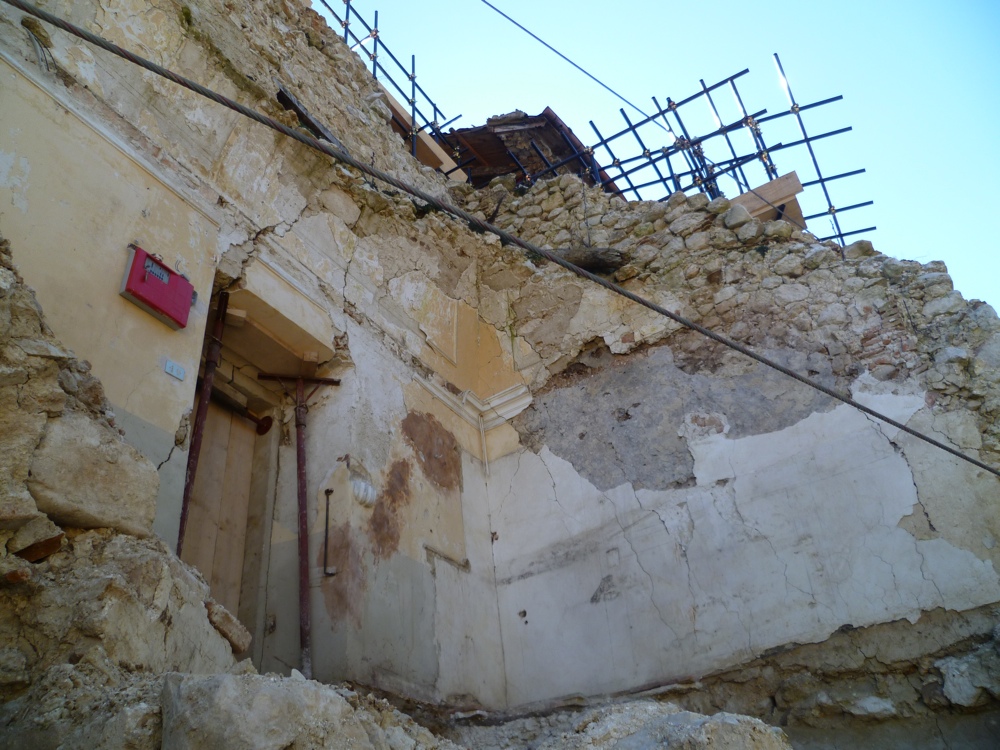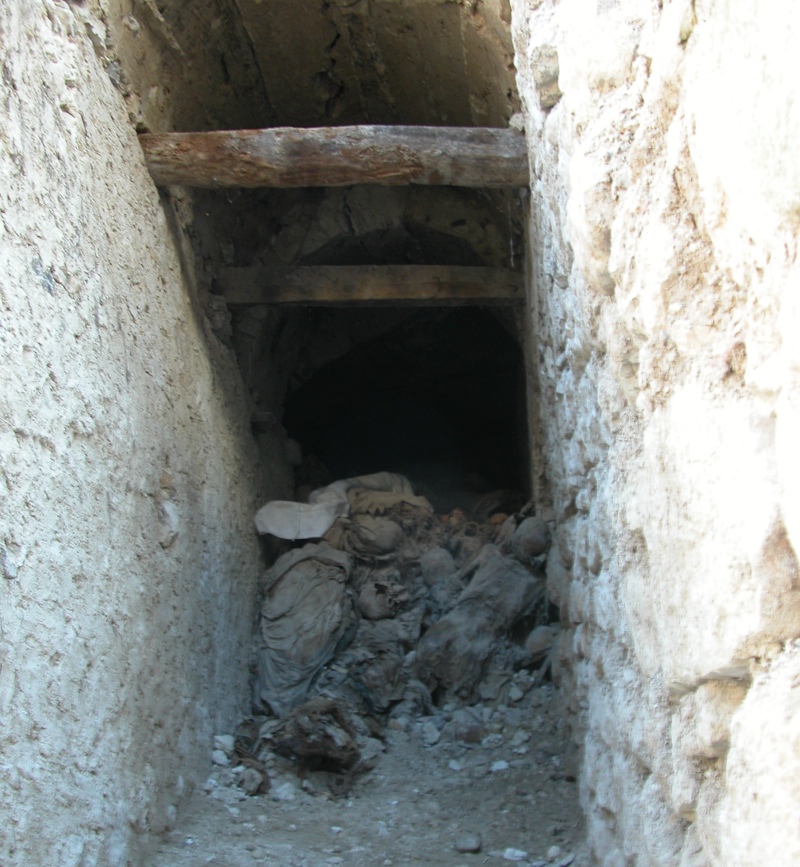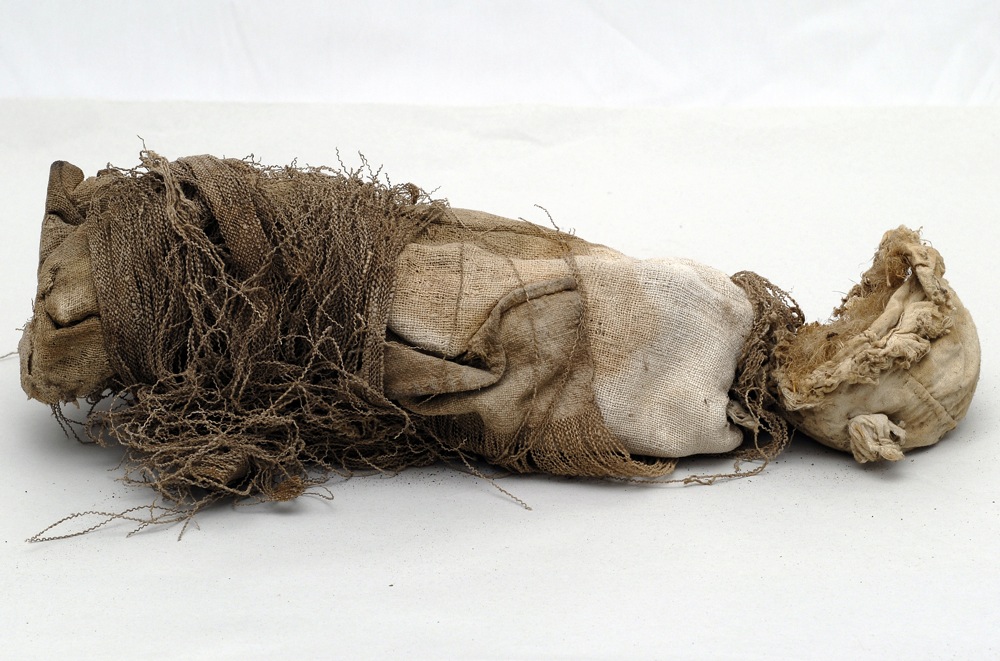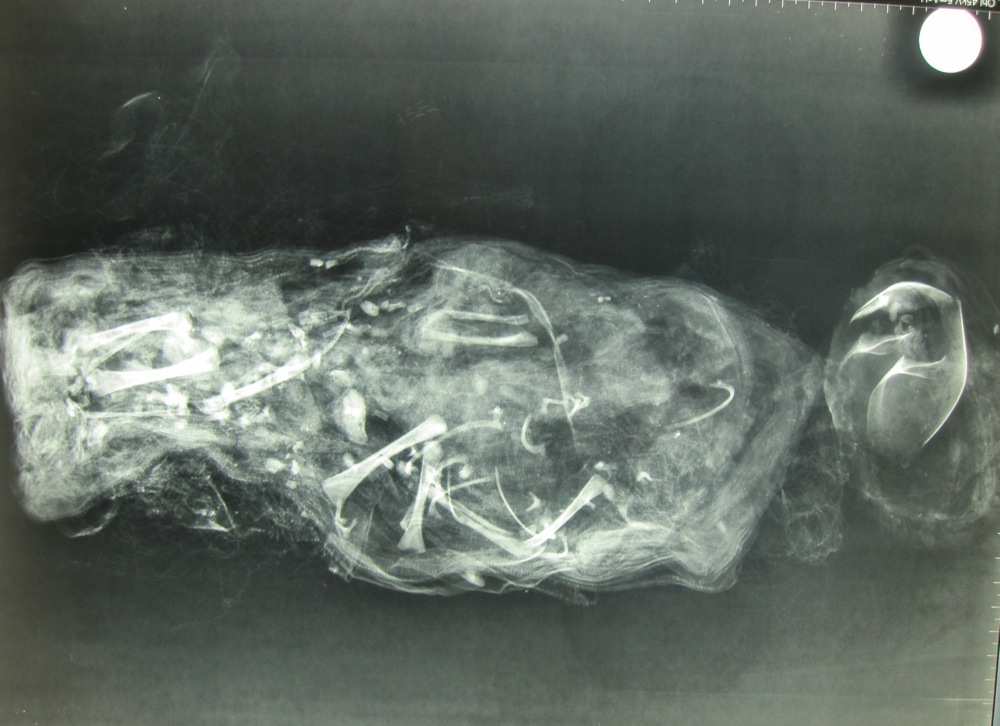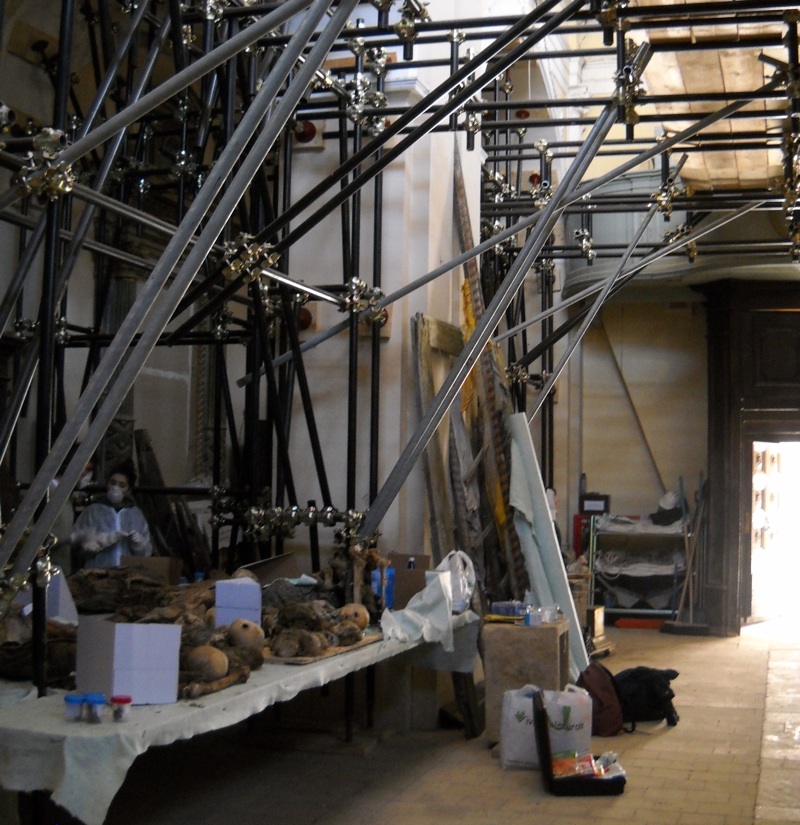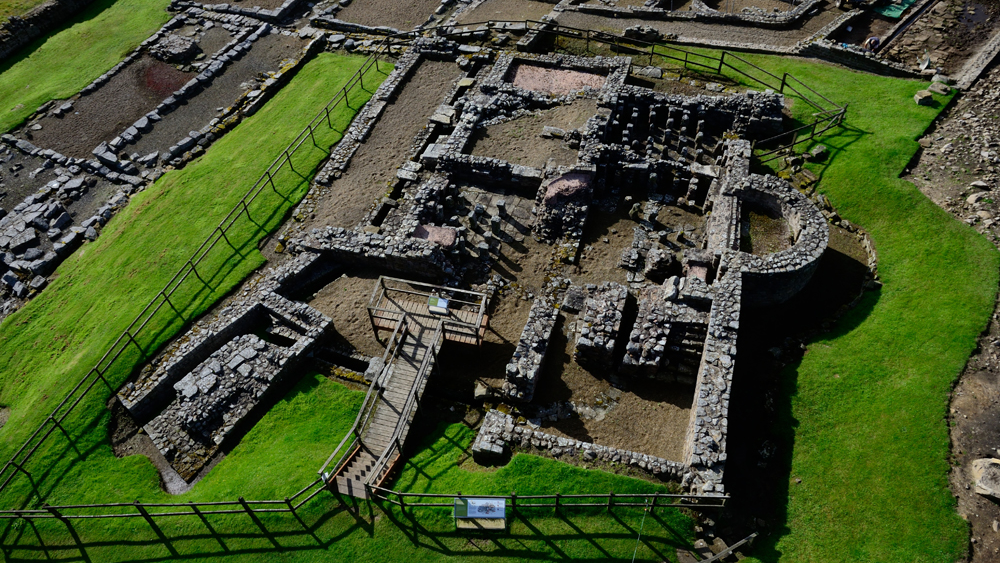Mummified Fetus Discovered in Italy (Photos)
The mummified body of a 29-week-old fetus from more than 100 years ago has been discovered in Italy. The remains, which were found along with other human bodies from the 19th century or earlier, were revealed after a 6.3-magnitude earthquake occurred in the area. The mummy shows signs of an ancient surgical procedure that doctors carried out while the fetus was in the womb, the researchers said. Their study is detailed in the Aug. 12, 2014, issue ofthe International Journal of Osteoarcheology. Here's a look at the mummy and site where the remains were found. (Photos credited to: University Museum, State University "G. d'Annunzio" of Chieti-Pescara, Italy.)
In April 2009, a devastating earthquake occurred in L'Aquila in Central Italy, resulting in more than 300 deaths and causing damage to many buildings in the neighboring areas, including some in the nearby village of Casentino, shown in this photo (taken after the earthquake). The catastrophic disaster is what led to the discovery of the mummified fetus. [Read full story on the mummified fetus]
One of the buildings damaged in the L'Aquila earthquake was the historical St. John the Evangelist church in Casentino. This is a photo (above) of the posterior of the church after the earthquake, supported with a reinforcing structure.
The floor of the St. John the Evangelist church collapsed partially from the L'Aquila earthquake in April 2009, exposing underground rooms with the remains of mummified human bodies, including the 29-week-old fetus.
The human remains that the researchers found at the site likely date back to the 19th century or earlier, according to estimates.
While exploring the site in Central Italy, Ruggero D'Anastasio of University Museum at University of Chieti, Italy, and colleagues came across a mummified fetus dating back to 1840. They estimated it was about 29 weeks old at the time of death, but they could not determine its sex.
When the researchers examined the mummy using a radiograph, they saw a disconnected fetal skeleton. The skull of the fetus was dissected in several places and disconnected from the spine, while its arms had been separated from the rest of the body at the joints, none of which typically occurs in the process of post-mortem examinations. All of these characteristics "strongly suggest a case of embryotomy," which was a procedure of removing a fetus from the womb, D'Anastasio Italy, told Live Science.
Get the world’s most fascinating discoveries delivered straight to your inbox.
Some of the other bodies found at the site had lesions from autopsy procedures such as a craniotomy — in which a bone flap is removed from the skull to access the brain. This photo shows some of the mummified remains found at the Italy site, placed on a table inside the church.
Follow Live Science @livescience, Facebook & Google+.



